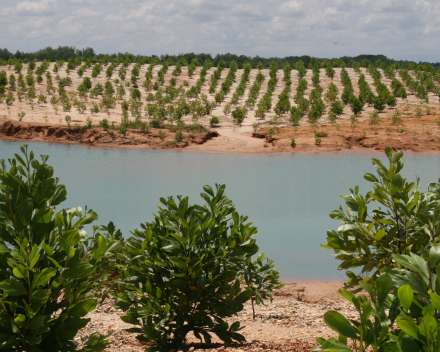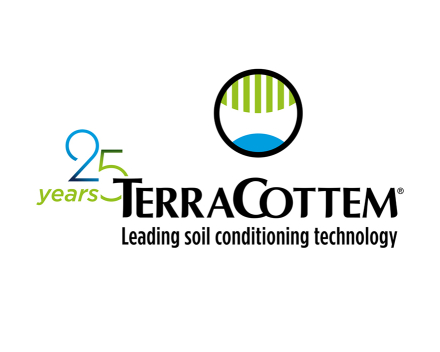- Home
- Golden Expertise
Golden Expertise
21/12/2018 - 00:00
Cuturú is a small mining village on the banks of the river Nechí in the north of Antioquia, Colombia. According to the local inhabitants it is the place where ‘gold never runs out’. Yet, the village’s main economic activity comes at a high environmental price. The alluvial gold mining has devastated the soil right up to the bedrock.
The final result is a highly sandy, almost granular, washed, bare soil with no organic matter content, no microbial activity; in short where nothing grows.
The company Reforestadora Industrial de Antioquia was in charge of regenerating this land. It called upon the services of Luis Gonzalo Moscoso Higuita, director of the restoration company Forestpa S.A.S, to undertake the major task of re-instating 550 hectares with 600,000 trees.
With over 30 years of experience and his hands-on expertise in reforestation, restoration, plantation forestry, urban gardening and watershed protection Luis has designed, directed and executed more than 300 projects in Colombia. He was the architect behind the first ever project in South America to trade carbon credits generated by native tree species on the voluntary market. He has also carried out pioneering work in the Colombian lowlands leading the way to successful and affordable tree-based restoration of gold mine spoils in the tropics.
Luis commented on the project:
“The initial planting was done with Acacia Mangium, a pioneering species, in order to release biomass. Once the soil is improved, we intersect the acacias and plant native species such as carob tree, saman, elephant-ear tree and ash.
“To guarantee the success of our planting projects we have created a cocktail based on organic compost, Agrimins, fertiliser, mycorrhiza, calcium and phosphorus amendment and TerraCottem. The composition of this mixture varies from project to project as we base it on the results of the soil analysis. TerraCottem plays an important role in this composition as it helps to keep moisture, crucial in a sandy soil such as in Cuturú. It also acts as a nutritional guarantee due to its macro and micronutrients and, above all, it activates root growth, essential for plant establishment and survival.”
Five months after planting, the acacias reached a height of one and a half metres and, two years later, the survival rate of this assisted regeneration exceeded 90 per cent – a very high figure especially as it includes the trees that were planted during the summer months.
| Attachment | Size |
|---|---|
| 568.6 KB |
Throughout our jubilee year, we will be sharing each one of our 25 client stories with you online.
Dive into historyThroughout our jubilee year, we will be sharing each one of our 25 client stories with you online.
Dive into historyTerraCottem Intl. SL
Apartado de Correos 4511190 Benalup (Cádiz)Spain


